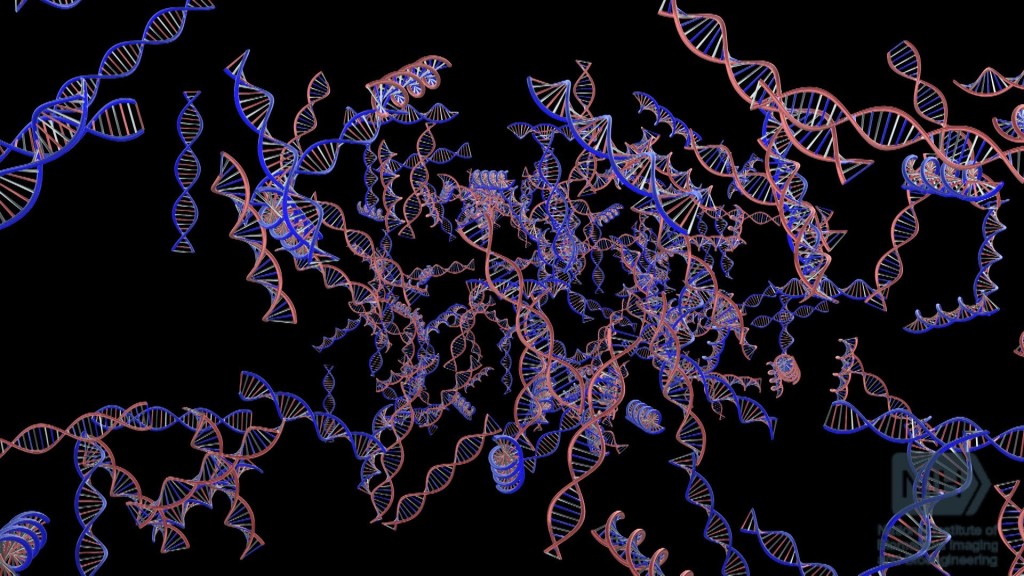
Binary and Biology
Microsoft is now looking to biology to come up with solutions for data storage. The tech giant just purchased ten million strands of synthetic DNA from Twist Bioscience to use for digital data storage research.
The purchase involves ten million long oligonucleotides. Twist Bioscience CEO Emily M. Leproust, Ph.D. said in a press release: “Today, the vast majority of digital data is stored on media that has a finite shelf life and periodically needs to be re-encoded. DNA is a promising storage media, as it has a known shelf life of several thousand years, offers a permanent storage format and can be read for continuously decreasing costs.”
“We need new methods for long-term, secure data storage,” says Doug Carmean, a Microsoft partner architect in its Technology and Research organization. Their initial tests have shown that they can successfully encode and recover 100 percent of binary data from synthetic DNA.
Synthetic DNA and Data Storage

Twist Bioscience is a San Francisco-based biology startup focused on accelerating science and innovation through rapid, high-quality DNA synthesis. They do this with a proprietary semiconductor-based synthetic DNA manufacturing process that produces synthetic biology tools which include genes, oligonucleotide pools and variant libraries.
Data storage using DNA has tremendous potential as DNA’s data density is massive compared to conventional data storage methods. “Our silicon-based DNA synthesis platform offers unmatched scale and product quality that vastly accelerates the ability to write DNA at a cost enabling data storage,” says Dr. Leproust.
Researchers have previously succeeded in storing binary data in DNA base pairs when they wrote mp3 files onto DNA with a storage density of 2.2 petabytes in a single gram.
Although the technology is still years away from coming out with a commercially viable DNA data storage solution, these early experiments by Microsoft and Twist Bioscience are quickly pushing the of data storage density and longevity.